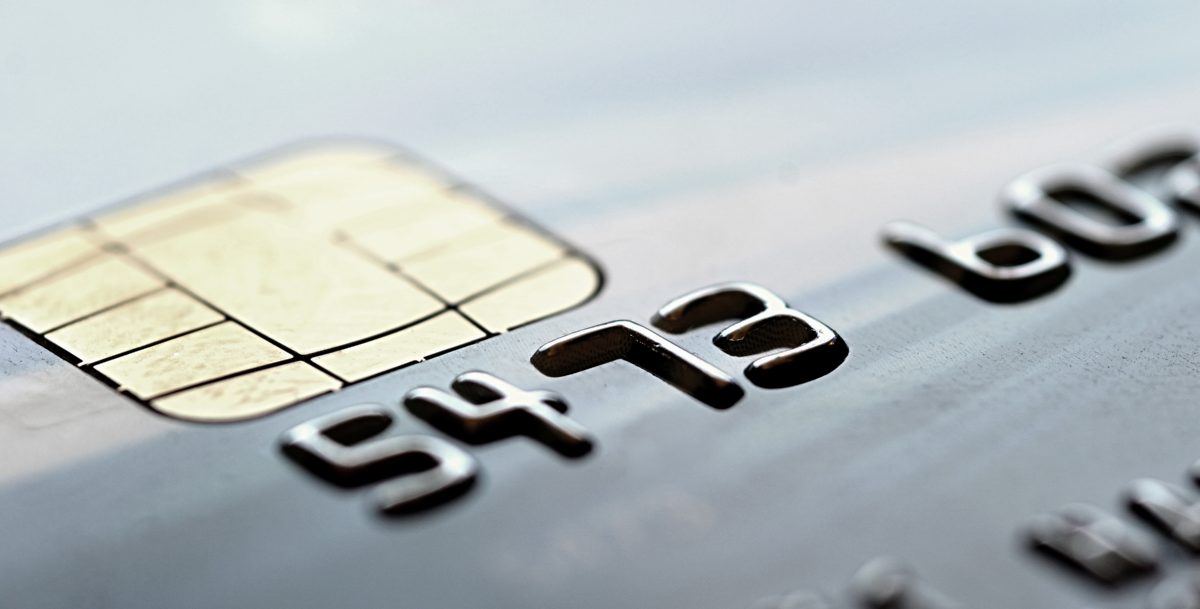Despite efforts to revitalise the industry with new innovative technologies and practices, the banking sector has been in a state of flux for some time now.
This has been driven by changing consumer demand, with a big shift to digital. This is reinforced by the 3,000 branch closures over the past four years, demonstrating how physical interactions now play less of a role than previously.
However, this shift hasn’t been easy. As banking has been such a long-running commercial cornerstone, many financial institutions are steeped in antiquated technology that aren’t robust enough to support the demands of modern digital processes.
Furthermore, these technologies don’t integrate easily with new equipment, are more susceptible to cybercrime and harder to maintain. The impact of this comes apparent when you look at their collective digital track-records and the number of high-profile IT failures that have occurred in the first half 2019.
What’s clear is that banks need to invest in new technologies, thereby increasing the customer-experience and becoming more ‘agile’ themselves.
Technology-centric consumers go some way to explaining this uncertainty in the sector, as they’re fuelling a widespread drive to streamline anything and everything. For instance, many customers now have the majority of their banking needs fulfilled via phone or the popular trend of going cashless that seems to be picking up momentum.
Facebook, Google, Apple and Amazon are making an entrance
But a host of challenger banks are also adding to the complexity of the issue, as they’re tempting customers to enrol in their digital-focused proposition – taking chunks of market share in the process. Cue the arrival of the big technology firms, like Facebook, Google, Apple and Amazon, which are on the cusp of making their own entrance.
All of these factors spell out a tumultuous period for the industry. Though the real impact of the tech giant invasion is hard to approximate, we can only assume that it will shake up the industry further – given the comparatively arcane systems used by the industry mainstays.
However, despite this skew towards digital, the need for the physical brick and mortar branch is here to stay, at least for now. But in response, traditional banks need to shift their approach to a more user-oriented offering that’s geared towards the needs of the modern consumer – not the balance sheet.
It’s important that these institutions assess every avenue for ways to improve their services. The outdated systems they employ, whether through choice or simply just inherited, extends to all operations – security included – all of which are due for an upgrade, and can help banks move from a bygone era to the modern day.
How is security and customer experience linked?
Outside Hollywood-style robberies, it wouldn’t seem that security and customer experience are particularly related. Unsurprisingly, many primarily view their security system as a defensive tool. However, it can be used to derive value beyond its monitoring function.
For instance, data can be utilised to provide customer insights, to analyse and improve the user experience by optimising a particular branch and its staff. By using embedded analytics tools to disseminate the huge amounts of data and video already being collected, a bank can make more strategic decisions about staffing and how to manage the flow of people.
By tapping into video gathered via a physical security system, analytics applications use modules like visitor counting, conversion rates, heat maps, and directional analysis to better understand customer behaviour and make real-time informed decisions that increase engagement.
For example, analytics solutions can notify management when long lines are detected, reducing in-branch waiting times and eliminating a common gripe for many bank-goers. This all boils down to a business’s ability, no matter the industry, to understand their customers.
These new insights will also help optimise a bank’s security team as well. Gathering data from a single system promotes operational efficiency. By reviewing data, organisations can make predictive changes to security, create new best practices, plan for the worst, identify weak spots, determine areas that require extra staff training, and shore up defences.
What does the future of banking look like?
Whether or not the internet giants will really make long-standing institutions change their propositions is questionable. Nevertheless, the privacy, security and operational implications of the new ‘agile’ bank will require some serious planning, and will likely see a disruptive restructuring of retail banks as we know them.
Consequently, we’ll see banks consolidating their assets and likely close more branches to increasingly focus on digital.
However, the in-store experience will still remain critical, and it’s important that banks use customer data to tailor their new strategy to maximise customer satisfaction. A key factor then for banks looking to modernise and restructure will be to utilise systems to their advantage across every aspect of operations – whilst bridging the data gap with their digital counterparts.
The upheaval in the sector, combined with the escalating threat of cyberattacks and simple IT outages, means that many in the banking sector are on shaky ground. To stay afloat the bank of the future needs to transition from bureaucracy to consultancy.
New branches will have three key functions – problem solver, trusted advisor and digital ambassador – to reflect the changing needs of today’s consumer, and it’s vital they have technologies and strategies in place that can support this transition.
What does the evolution of banks mean for physical security?
The myriad, profound ways in which banks are changing business models and what this means for their security teams. By Evgenia Ostrovskaya, Business Development Director, Retail and Banking, Genetec.
Evgenia Ostrovskaya
IFSEC Insider | Security and Fire News and Resources
Related Topics
Verint says Video Investigator will shorten banks’ investigation time by more than 50%
As ATM attacks soar the BSIA calls for harsher sentences
HSBC voice recognition security system fooled by twins

